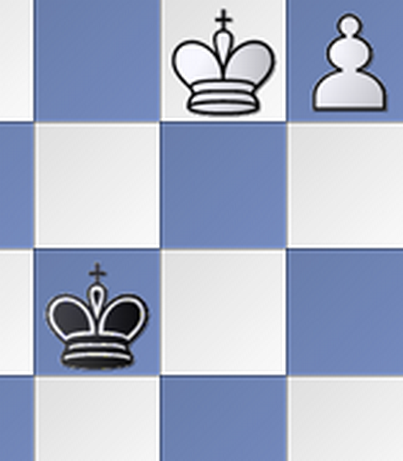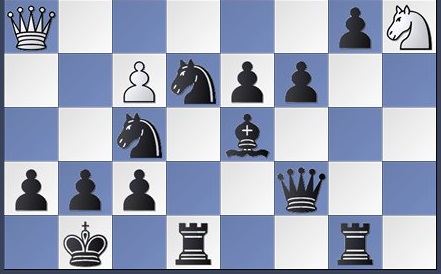This game was board 3 of 7 of a match in the 2020 Championship League, an online international team championship. The time control is unusual at 10mins + 5sec increment per move. Our opponents here – chessdonuts – were, I believe, King’s College London, with Fide Master Koby Kalavannan – U18 British Chess Champion in 2018 – on board one.
Only two or three days earlier, I’d played in a team match in the 4NCL where I gained a consolation point for the Kestrals in a 3-1 loss against a super-strong Guildford Young Guns. I analysed my game in detail (see “Tempting lady luck for a maiden victory!”), focusing on the nuances of a particular opening exchange.
My opponent had played what to me was a novelty: 9…b5!?. Instead 9…Re8 (as in this game) and 10…b5 had been a position I was familiar with. As part of that analysis, I refreshed myself in the alternatives to plans with …b5, one of which is the line in this game.
The line is generally ok for Black but grabbing the pawn on e3 is a big no-no. To my relief, in this game I was able to show why. The execution wasn’t perfect – I blew it by rushing with 26.Ng5 instead of finding time for the cultured Kg1-h1 that I surely would have played in a slower game – but I was spared my blushes by an immediate blunder under pressure.
Broadland won the match 8-6.



